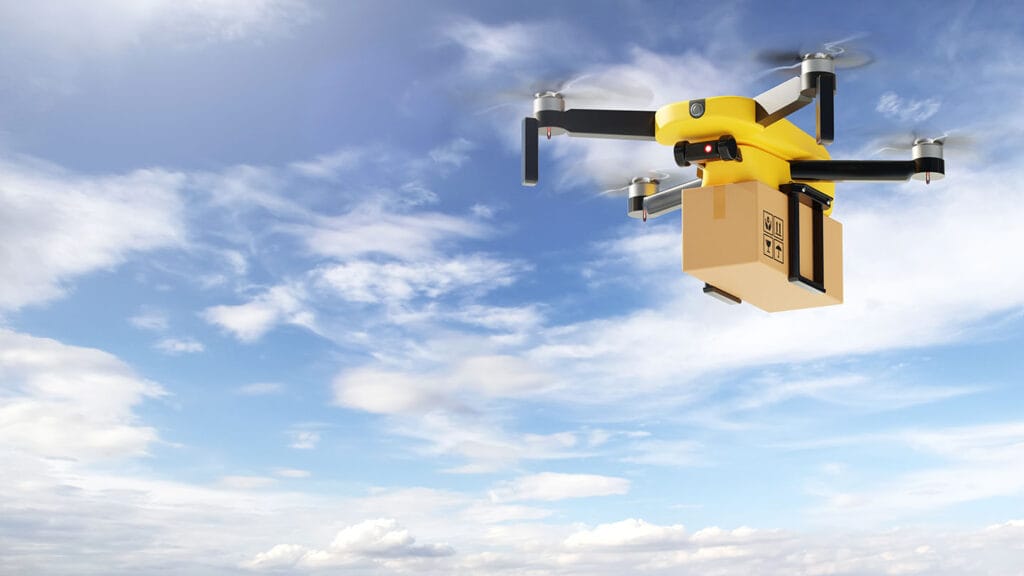

Drones could offer emergency relief to people havng heart attacks faster than a traditional ambulance, a new study reveals.
Equipped with automated external defibrillators, or AEDs, drones arrived on a scene an average of three minutes faster than their ambulance counterparts, the researchers found.
This timing different could have important implications for senior living and care settings. Facilities aren’t required to have AEDs, and adoption of AEDs, or enough to meet emergency needs, still is “variable,” data show.
What isn’t variable is the fact that older adults are far more likely to have heart attacks or go into cardiac arrest. Approximately 75% of adults aged 65 or more years have some form of heart disease, according to the American Heart Association. Thirty-one percent of assisted living residents have heart disease, according to the Centers for Disease Control and Prevention’s National Center for Health Statistics.
“There is an urgent need for novel initiatives to shorten the time to defibrillation as well as to reach out-of-hospital cardiac arrests,” the study authors wrote. “AED-drones might be an important complement to ambulances, given that in several recent studies, ambulance response times have been shown to be increasing.”
The study, which was led by scientists in Sweden, deployed 55 drones over an 11-month period in response to AED emergencies. In 18 cases, the patient had an actual cardiac arrest, and the drone-delivered AED was used six times before an ambulance arrived, the study showed.
The ability for drones or other tech to expedite mobile options also could have important implications for future regulation. Overall, even without future federal regulation, long-term care operators should be updating their procedures and processes, experts advise, as the McKnight’s Clinical Daily reported earlier this year.
Another example of faster deployment of emergency response teams are mobile stroke units, which are starting to treat more people around the country.
The drone research was published in the December issue of The Lancet Digital Health.


